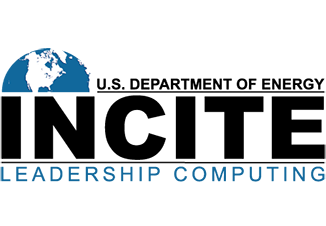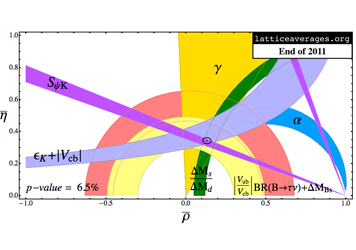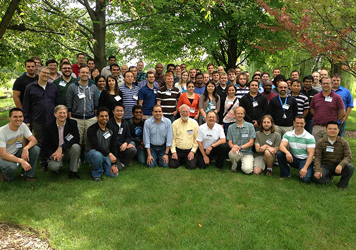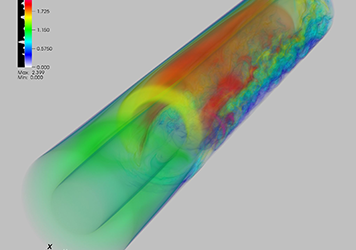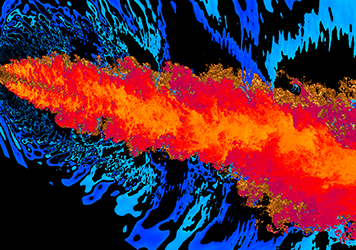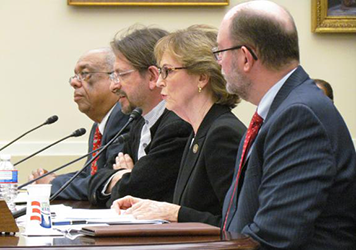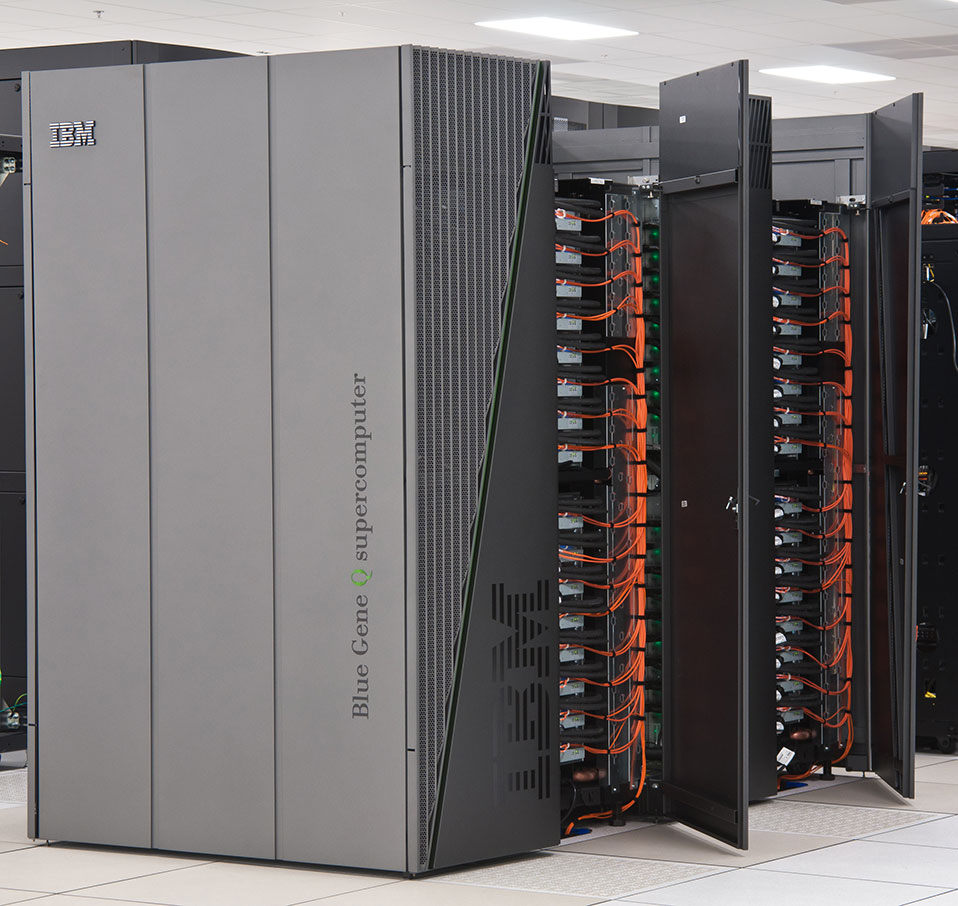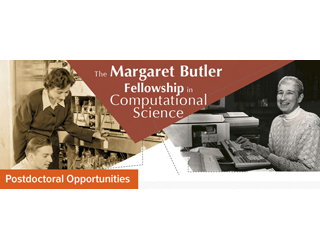 February 28 is the deadline to apply for the ALCF’s new computational science postdoctoral fellowship position, named in honor of the late Argonne mathematician and computer science pioneer Margaret Butler.
February 28 is the deadline to apply for the ALCF’s new computational science postdoctoral fellowship position, named in honor of the late Argonne mathematician and computer science pioneer Margaret Butler.
From very early on, Margaret viewed computers as a technology with great potential to push the frontiers of science. Over the course of her career, she also worked to establish the careers of many other women in computing. She understood the value of promoting change by creating opportunity. And so it was especially apt that this new fellowship commemorating her contributions to the field would be a unique career opportunity.
This fellowship, which is open to both men and women, is an opportunity for the recipient to work with Argonne scientists in support of scientific discovery in their field of expertise. It’s an opportunity to work in a multidisciplinary environment with world leading experts in computational mathematics and computer science, and to use some of the world’s most powerful computer systems. Mostly, it’s an opportunity for a bright, young researcher to launch a computational science career in pursuit of significant achievements in science.
More information about The Margaret Butler Fellowship in Computational Science can be found online.

